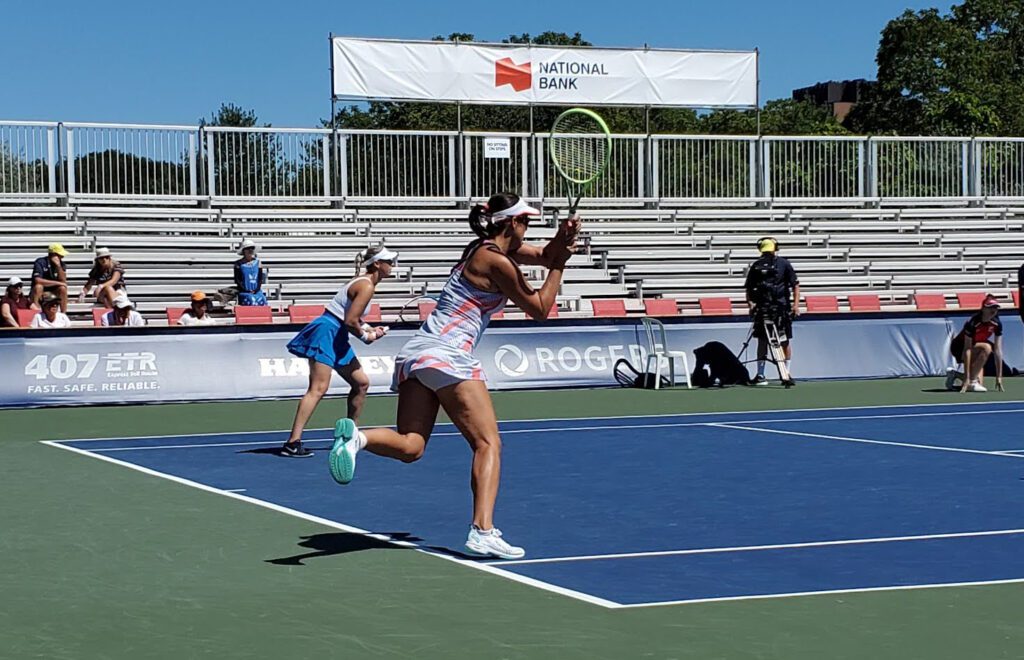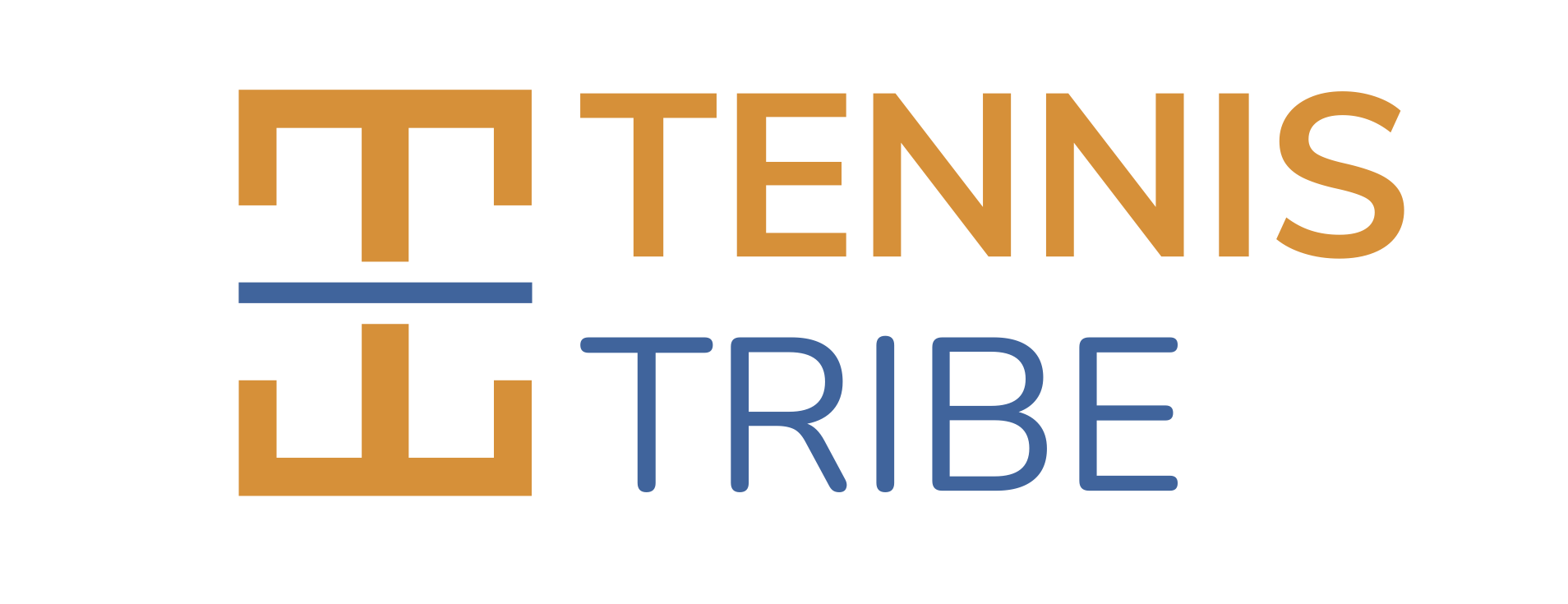How long have you been a 3.5? Or 4.0? Or 4.5 level tennis player?
Most tennis players reach a certain level and get stuck. A lot of the reason for this is that the way we practice isn’t as effective as it could be.
Do you think you’re getting the most out of your practice?
We’re not professional tennis players and don’t have time to play 5 days a week for 3 hours. We’re just too busy!
So, with the limited practice time we do have, how can we be sure we get the most out of it?
Below I’m going to show you 3 things you can focus on during practice. Whether you’re just hitting or playing a practice match, these 3 tips will help you start improving faster.
1 – Focus on the most important shots the most
I’ve started going through a doubles course over at Brain Game Tennis and one of the interesting lessons is that over 70% of points never make it to the 5th ball of the rally.
Put another way, the serve, return, and first shot after the serve and return, account for the vast majority of the shots we hit in tennis.
So what should we do with this information?
Here’s what I did.
I was practicing last week to prepare for a tournament, and instead of my normal rally crosscourt and practice consistency approach, I actually hit mostly serves and returns. I also played out points crosscourt with my doubles partner, really focusing on that first shot after the serve and return.
Yes, it’s nice to win those 10 shot rallies in doubles, and someone may talk to you afterward about how pretty your strokes are, but wouldn’t you rather win the match?

It turns out, very few points last much more than 4 balls, so when you’re practicing your consistency for doubles, it’s simply not the best use of your time.
Instead, because the majority of points in doubles are short, practice the first several shots of the point most.
Action: Spend 70% of your practice time working on the serve, return, and the first shot after each of those. That is where doubles matches are won!
2 – Push the limits of what you’re capable of
I wrote about this in my lesson on Nadal’s practice strategy.
It’s important in practice to experiment and try new things. Especially trying things that you’re uncomfortable with.
For example…
When I return, I always start 1-2 steps behind the baseline. But when you watch the pros on TV, they often change up where they return from.
I played a practice match last night and decided to try it. I started on the baseline and to several big steps in to take the ball super early on the rise. It felt a little uncomfortable, but to my surprise, it worked out great.
It allowed me to get to the net faster, where I’m more comfortable, and also prevented the other team from poaching since I took the timing away.
Action: Every time you practice, have 1 thing in mind that you’re going to add to your game. Make it something that you’re uncomfortable doing, but you know will make you a better player. If you’re not missing then you’re not improving.
3 – Try new strategies with your partner.
Again, on the practice court, we get to try new things to see what works to improve our doubles game. You and your partner should be trying new formations, and strategies to see if you find something that works.
The more doubles strategies you have to pull from, the more complete you will be as a doubles team.
Here are a few ideas to try:
- Australian formation – This works really well in 3.5 to 4.5 doubles because most players don’t have a great down the line return. I’ve started trying it on the ad side with my partner serving for 2 reasons.
1) He can hit forehands on his first shot after the serve (a very important shot).
2) I have my forehand volley in the middle. This will let me be more aggressive at the net. - Two Back + Serve & Volley – If your partner prefers to hit groundstrokes and you like the net, have them stay back. You can serve and volley so you don’t sacrifice not having someone at the net.
- I Formation – You don’t have to do this every point, but throwing it in once or twice per service game can force missed returns and get your net player more involved.
- Two Back (returning) – If the opposing net player is poaching a lot and destroying you at the net, stay back while returning to give yourself more time to react to the ball. If the player doesn’t poach and you get the return crosscourt, the returner’s partner should move to the net immediately in case there’s a weak ball.
There are other strategies to try, but those are some of my favorites. If you have more ideas, comment below.
Action: Come up with 2 new strategies you’re going to try with your partner in your next practice match right now!
Text, email or call them right now and tell them “let’s try [INSERT STRATEGIES] for our next practice match.”
Don’t be mindless while you practice or play
I’ve been really focused on practice lately and figuring out how I can use it to improve faster. One of the biggest takeaways from observing others while they practice & play is that most people don’t actually think about what they need to change to get better.
Most people go out and just mindlessly hit balls with no clear objective or goal.
That’s why you see so many people get stuck at the 3.5, 4.0, or 4.5 level. They get used to playing one way and never change anything.
If you want to actually get better at tennis, set clear strategies you’re going to work on each time you step onto the practice court.
Action: What is your mentality when you hit the practice court? What do you like to focus on? Comment below!

Leave a Reply